One of the most interesting things to do in Brussels is to visit the European Parliament and see the EU Quarter, a surprisingly attractive and fascinating part of Brussels. Here’s how to go on a tour of the European Parliament and pay a visit to the other key buildings and attractions of the EU Quarter.
Where is the EU quarter in Brussels?
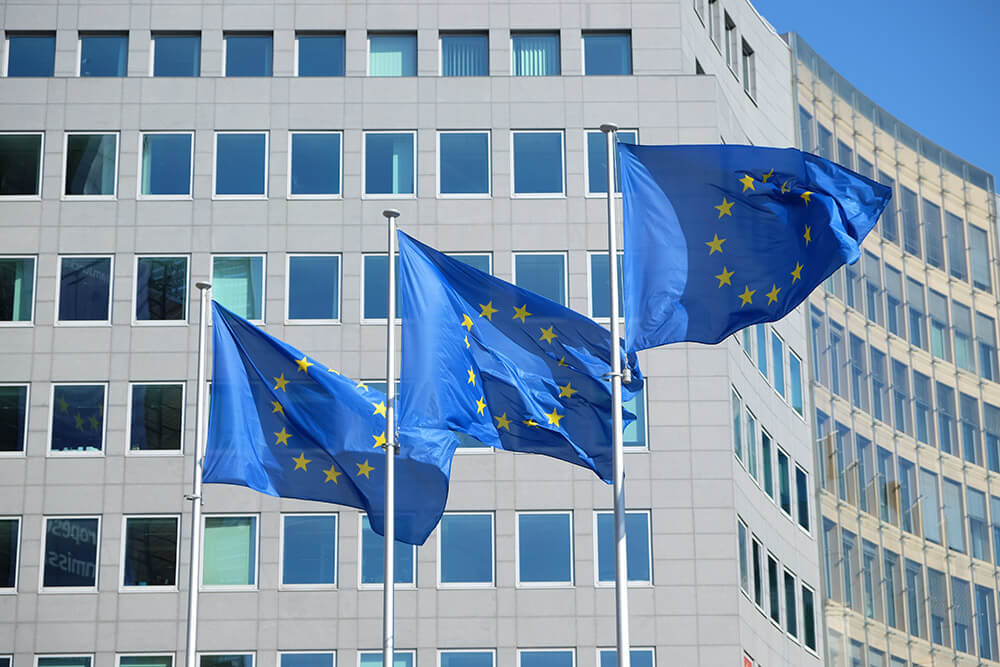
The EU or European Quarter, also known as the Leopold Quarter, is a compact area to the south-west of Brussels city centre, about 1.5 miles (2km) from the Grand-Place. In the 1800s the Leopold Quarter was one of Brussels’ most prestigious neighbourhoods, and there are lots of beautiful old buildings left over from those days.
During the early 20th century, the wealthy residents of the Leopold Quarter moved further outside the city centre to the new suburbs. Office buildings replaced many of the mansions, and in the late 1950s, new European institutions moved in.
Today the area is dominated by politics and business but it’s still surprisingly green and attractive, with beautiful parks and squares. There are also plenty of things to see and do in this part of Brussels.
Read more: How to see the best of Brussels in 48 hours
How to get to the European Quarter
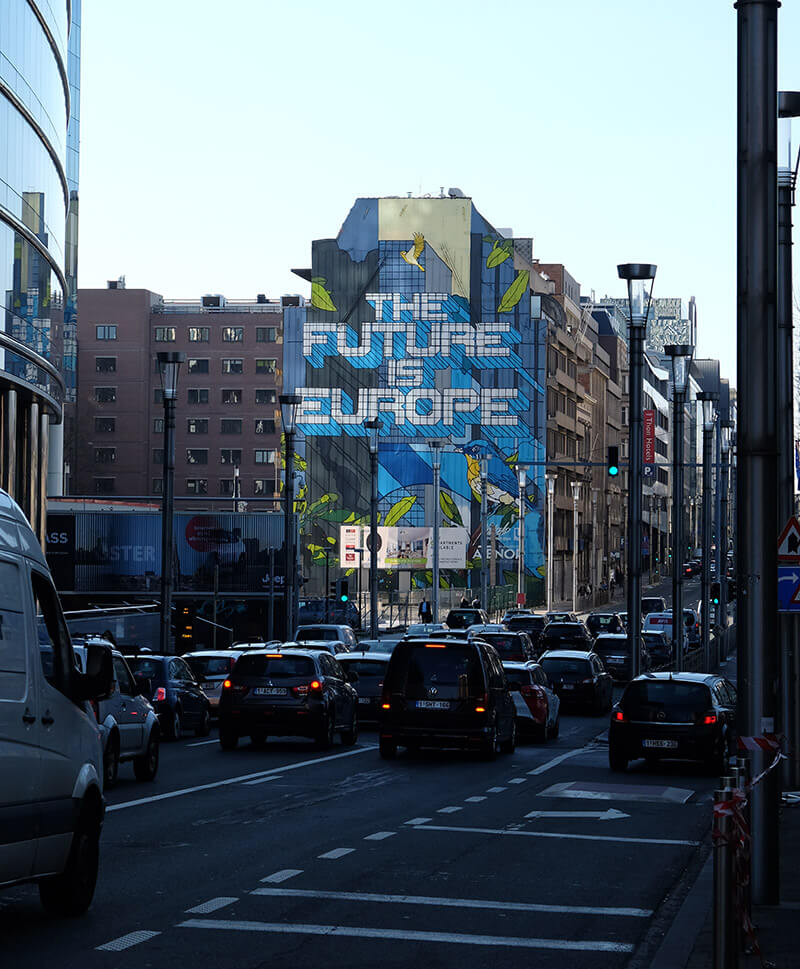
As you’d expect, this international meeting-point is well-connected to the rest of Brussels, as well as to the airport and European high-speed trains.
From the Grand Place, Bourse and the historic centre
To get to the EU Quarter from the Grand Place, take bus 95. It’ll take about 12 minutes to travel to Place du Luxembourg, outside the European Parliament.
From Brussels Midi
To get to the buildings of the European Quarter from Brussels Midi, the main inter-city and international train station in Brussels, take Metro line 2 to Trône. From Trône it’s around a 7-minute walk to Place du Luxembourg.
From Brussels Airport
If you’re coming straight to the EU Quarter from Brussels Airport, take bus route 12. The journey takes about 35 minutes.
From elsewhere in Brussels
A number of bus lines serve the European Quarter. The nearest Metro stops are Maelbeek and Schuman on lines 1 and 5, and Trone on lines 2 and 6.
Things to do in Brussels’ European Quarter
The European Parliament: How to visit
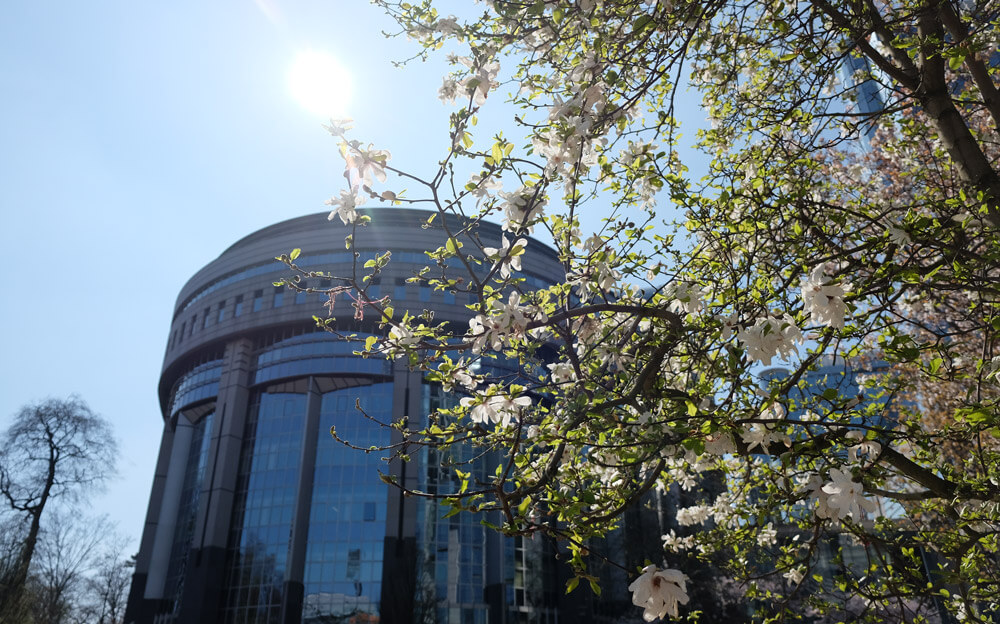
The most significant attraction in the EU quarter is the European Parliament. To visit the European Parliament and the famous hemicycle debating chamber as an individual, you’ll need to take one of the self-guided tours, which run at set times, Monday to Friday. Information about timings for the European Parliament tours are available on the Parliament website; visitors must register in advance.
To join a tour, go to the rear entrance of the European Parliament building, just off Rue Wiertz. There are clear signs to get you to the right place from the front of Espace Léopold and Place du Luxembourg (follow the signs for the Hemicyle), but once at the door there’s not a lot to indicate that it’s ok to go in. Don’t worry; if you’re there at the right time just push open the door.
Read more: Visiting all the European Union capitals
You’ll be asked to show your passport, then you’ll go through airport-style security before picking up a headset and electronic guide. Although you can only take the EU Parliament tour at designated times, it’s a self-guided tour with the headset rather than a fully guided tour. The electronic tour is available in all EU languages – you can even download it as an app onto your own mobile phone rather than take a headset if you prefer. There are also printed guidebooks available in all EU languages which you can take away with you for free.
The first exhibit is an arrangement of all the flags of the EU member states – great for a photo opportunity. Once you’re through security, it’s ok to take as many photos or videos as you want inside the European Parliament building.
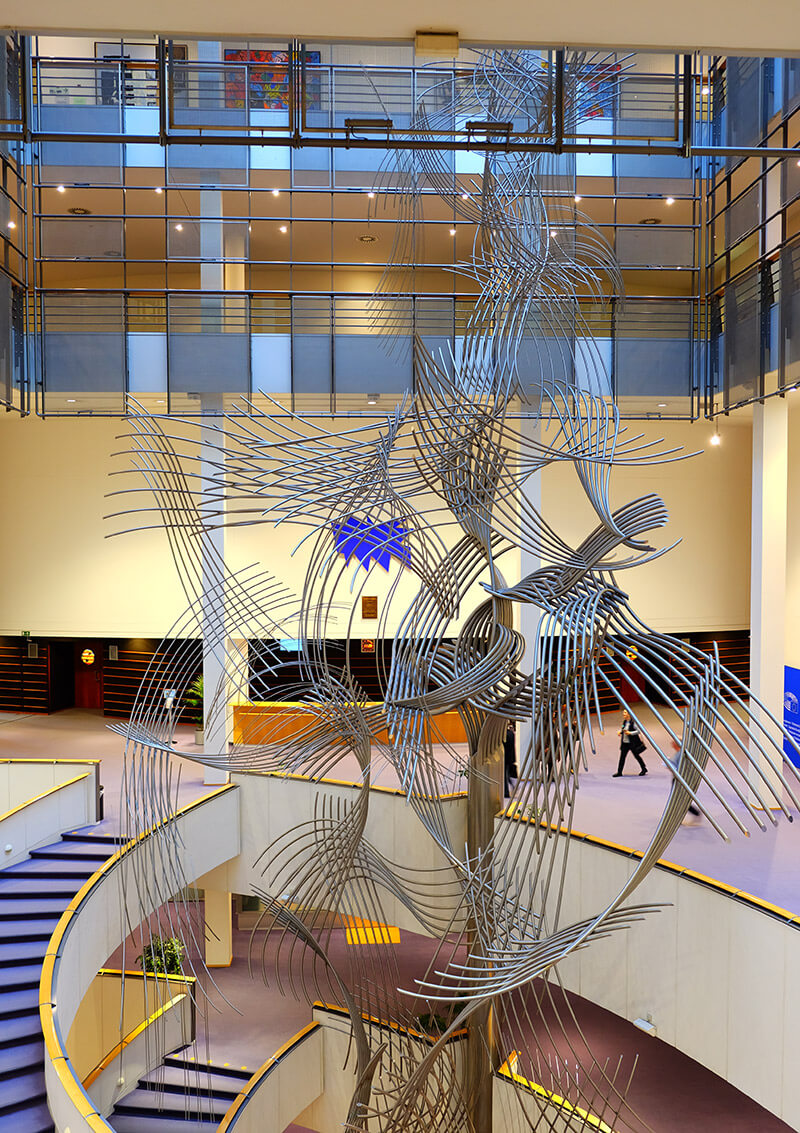
From the flags, you go up in a lift to the atrium where you can see a large sculpture representing cooperation between the member countries. The building is decorated with an art collection of works by up-and-coming European artists on themes of peace and cooperation.
After you leave the atrium, the next stop is the Hemicycle – the main debating chamber of the European Parliament in Brussels. Each EU member country elects representatives in the same way as they would for a national parliament. These Members of the European Parliament (MEPs) meet here and in Strasbourg.
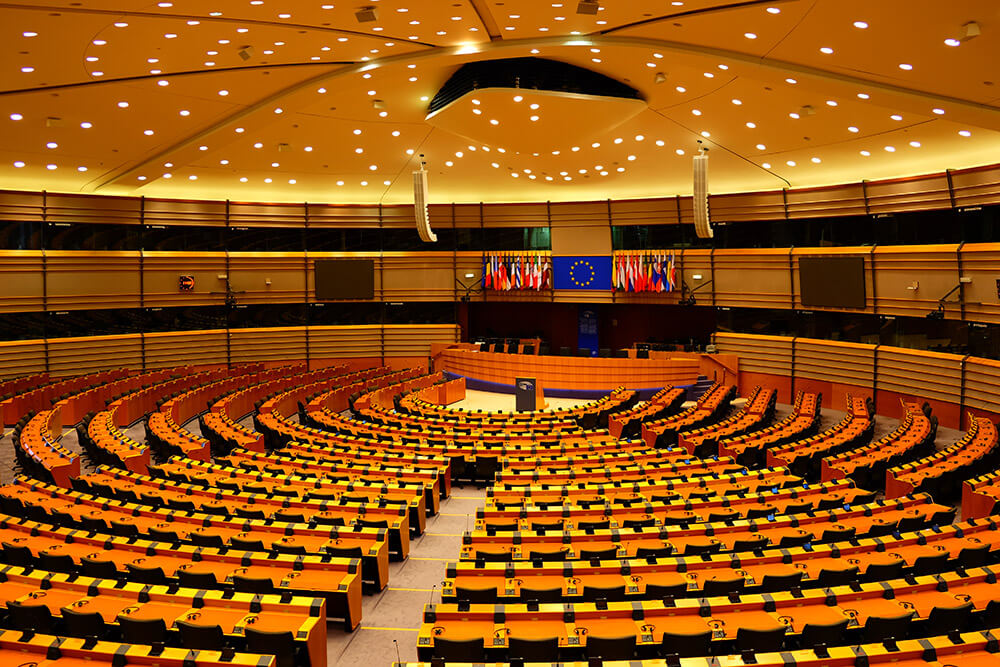
The tour finishes after you’ve seen the Hemicycle. All together, your visit will last between 30-60 minutes. Visiting the European Parliament is free – just don’t forget your passport.
Station Europe
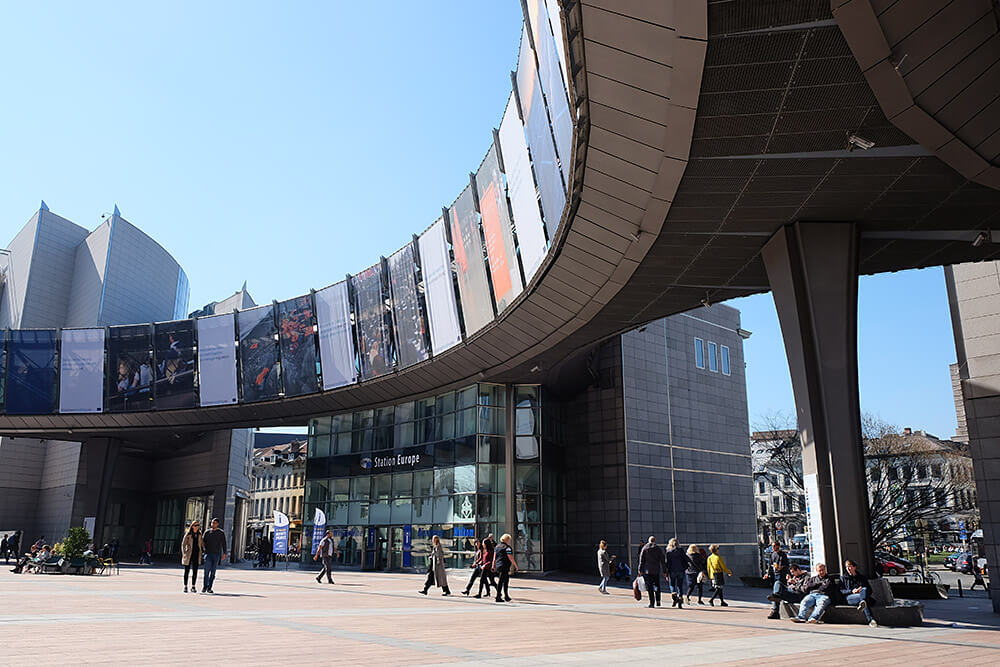
The original station buildings of the Brussels-Luxembourg train station now house a welcome centre for the European Quarter. You can get your bearings here, pick up a map and plan your visit to the area. There’s also a branch of the official Visit Brussels tourist information centre.
Between Station Europe and the buildings of the Espace Léopold (the name of the European Parliament complex) you’ll find a public square with chairs set up in circles, seemingly to encourage discussion.
Parliamentarium
If you want to understand more about the EU and the European Parliament, visit the Parliamentarium. The Parliamentarium is the EU Parliament’s official visitor centre, and has longer opening hours than the Parliament itself, so it’s a great option if you can’t make one of the Parliament tours.
Like the European Parliament tour, visiting the Parliamentarium is free. The entrance is just off Espace Léopold, towards Rue Montoyer.
House of European History
For an exploration of Europe’s turbulent history, and the events that led up to the formation of the European Union, visit the House of European History in Léopold Park.
The House of European History aims not to tell the story of each individual country in Europe, but to draw together the themes that European nations have in common. The permanent exhibition covers Europe as a global force in the 19th century and the two World Wars that shattered the continent, before examining the political divisions of the second half of the 20th century.
The exhibitions are free to visit, and a multimedia tour is available in all the EU languages.
Berlaymont Building
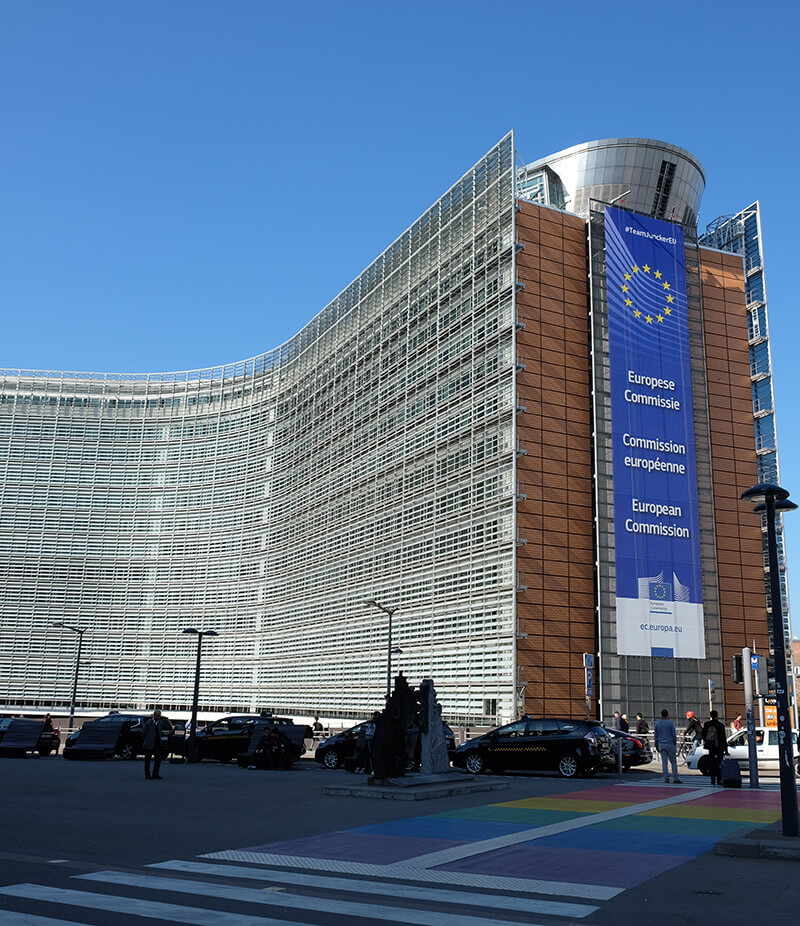
While you can’t go inside the Berlaymont Building, it’s an impressive sight and is probably the most iconic building of the European Quarter. The Berlaymont Building is the home of the European Commission, where the day-to-day work of the EU is carried out.
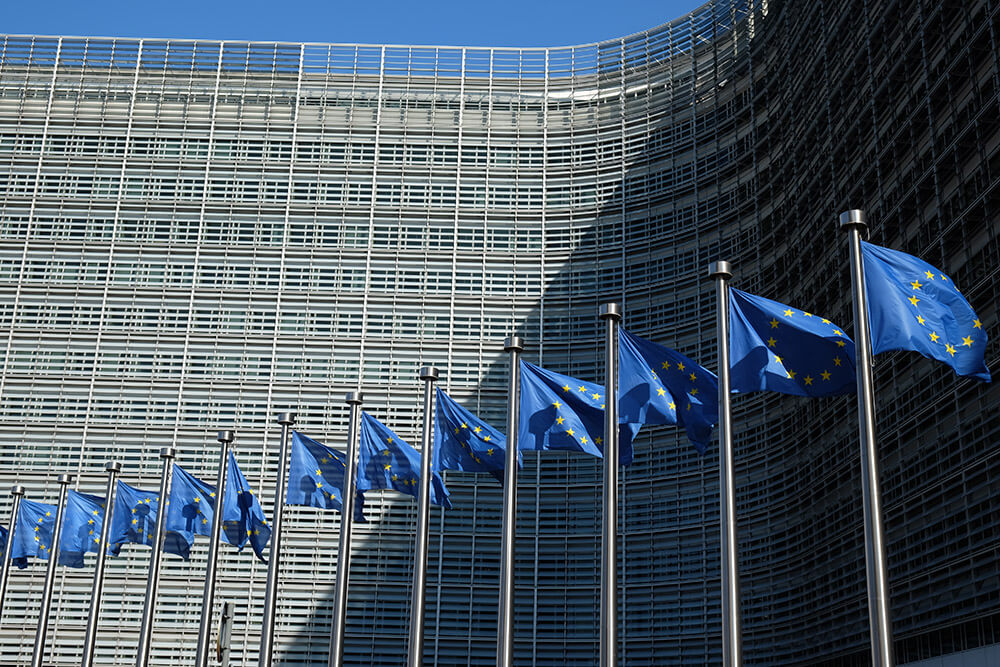
You can walk around the Berlaymont building; there are information boards about the history of the building spread out around the perimeter. If you’re lucky, you might see a TV news crew filming a report.
Statue of Europe
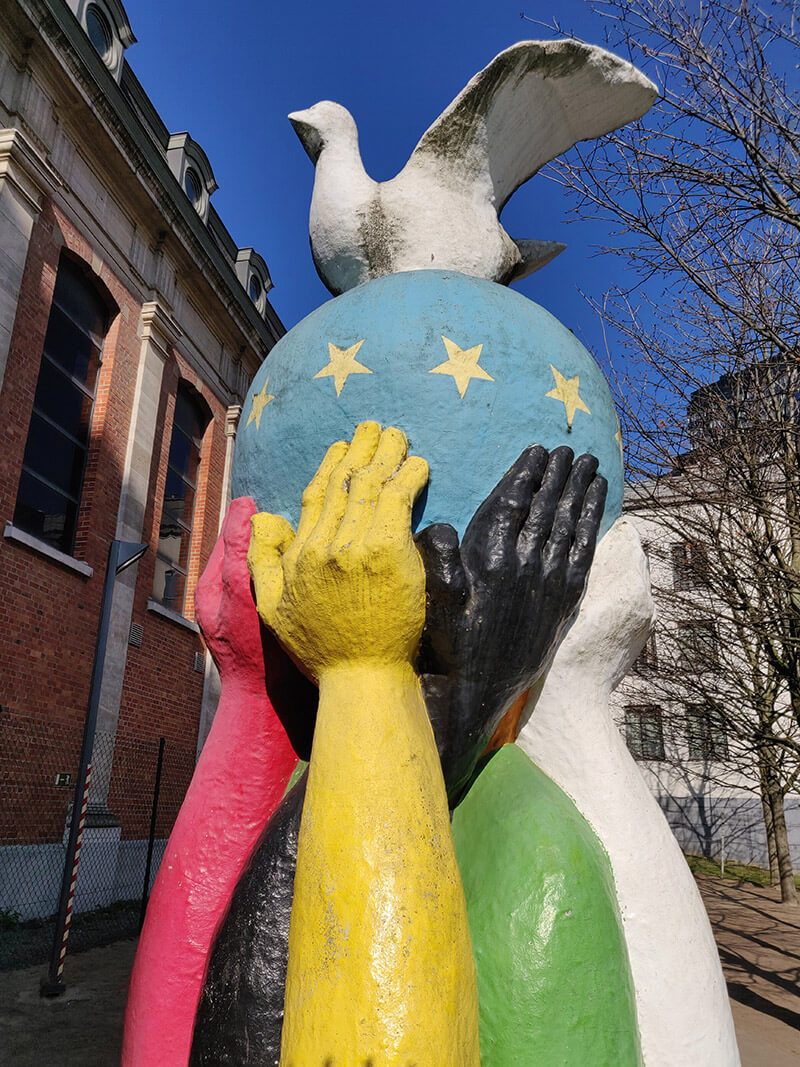
The Statue of Europe is a 5-metre tall sculpture symbolising peace in Europe and also the European Union motto, United in Diversity. Hands painted in different colours raise up a globe decorated with the EU stars, with a white dove perched on top.
The Statue of Europe is in the grounds of the former Convent Van Maerlant, now the library of the European Commission.
Other sights in and near the EU Quarter
Léopold Park
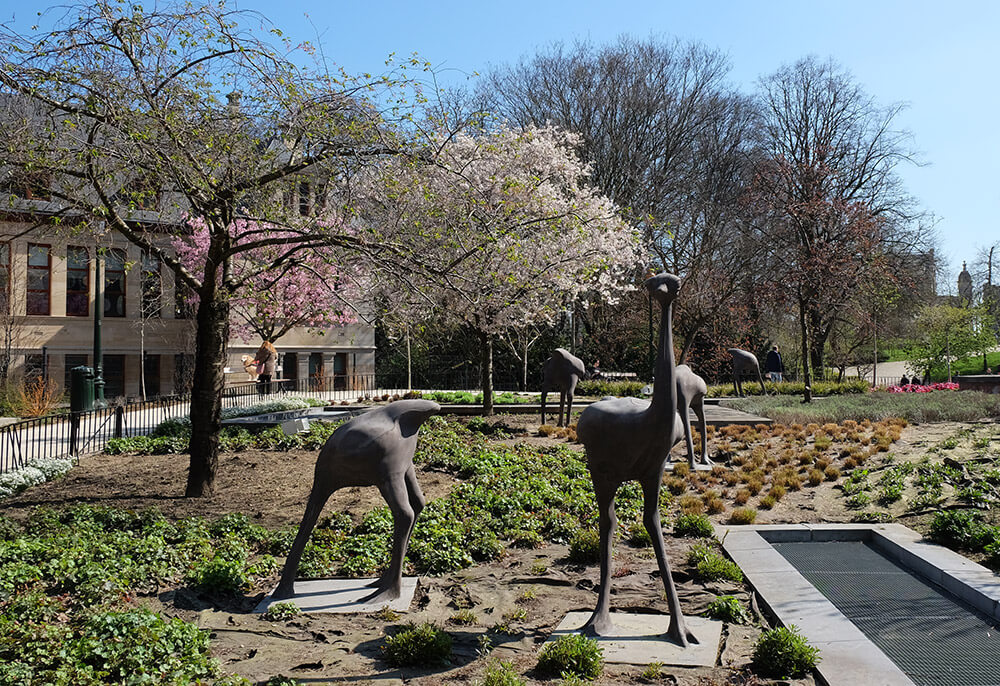
A pretty patch of green in the middle of the European Quarter, Léopold Park was the site of a zoo until the 1880s – symbolised by a quirky and controversial group of ostrich sculptures right outside the Parliament building.
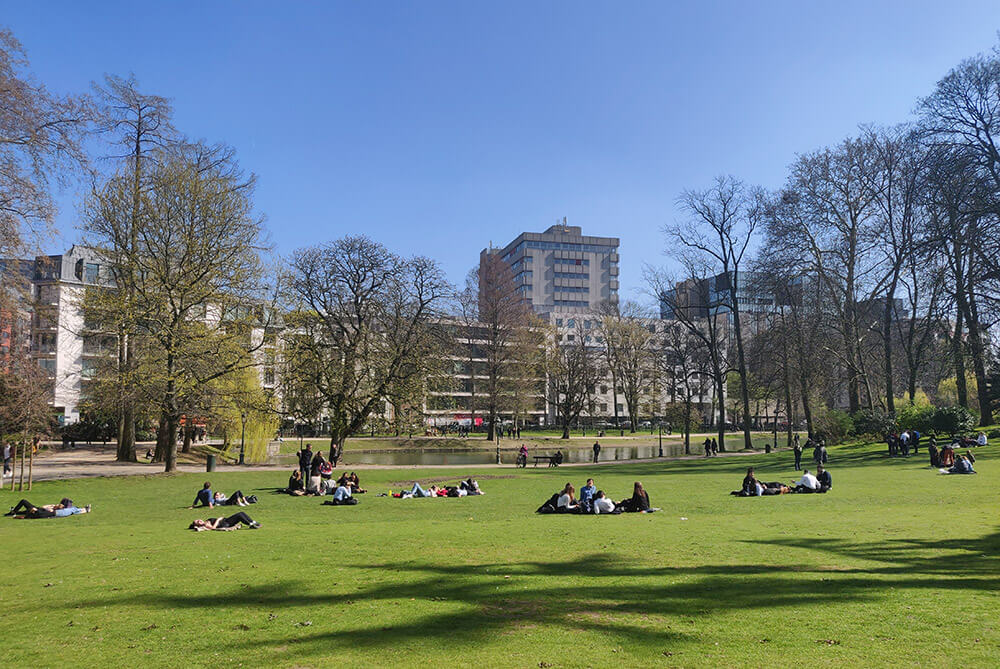
With rolling green hills, benches for an outdoor lunch and a beautiful lake, it’s the perfect spot to take a break in the European Quarter.
Parc du Cinquantenaire
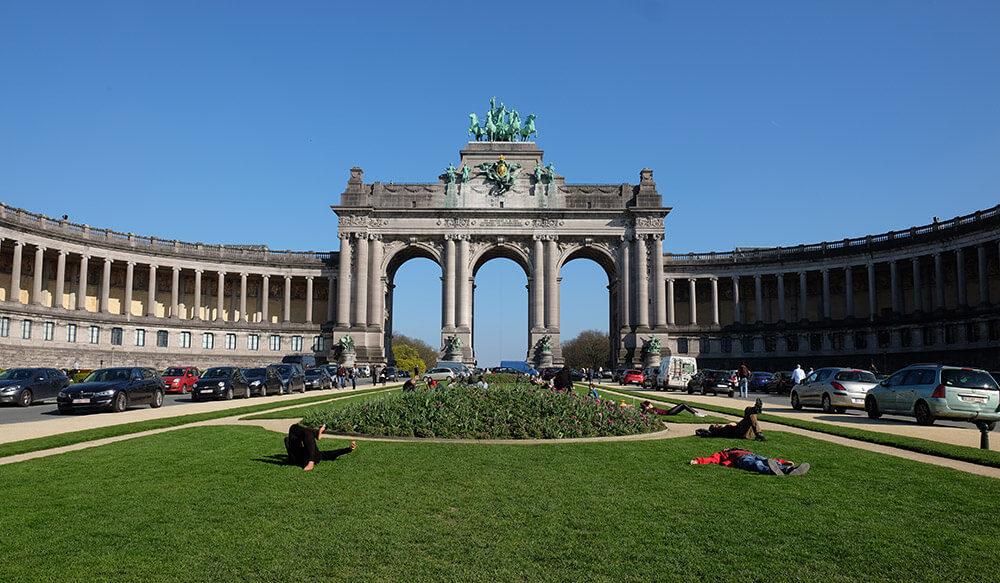
If you look west along Rue de la Loi, you’ll see an enormous triumphal arch, reminiscent of the Brandenburg Gate in Berlin. The arch itself is slightly more recent but the buildings either side were built for the 1880 National Exhibition which celebrated the Belgian nation’s 50th birthday.
The park itself is a very pleasant place for a walk, with lots of flowers, trees and lawns, and it’s a popular place for tourists and Brussels residents alike to relax.
Royal Military Museum
The Royal Military Museum occupies the left-hand side of the Cinquantenaire buildings. It holds an impressive collection of arms, armour, vehicles and aircraft. There are also two galleries dedicated to the First World War which devastated much of Belgium.
For an incredible view of the European Quarter and the surrounding area, take the stairs inside the Military Museum up to the viewing gallery on top of the arches.
Autoworld
On the right-hand side of the Cinquantenaire arch you’ll find Autoworld, a fantastic museum dedicated to cars and driving. Among the gleaming permanent exhibits and fascinating temporary exhibitions you’ll find information about Belgium’s contribution to automotive history.
Art & History Museum
The right-hand side of the complex also houses the Art and History Museum. More informative than an art gallery, more inspiring than a history museum, the unique collection eventually wants to be as well known as the British Museum or the Louvre.
Cauchie House
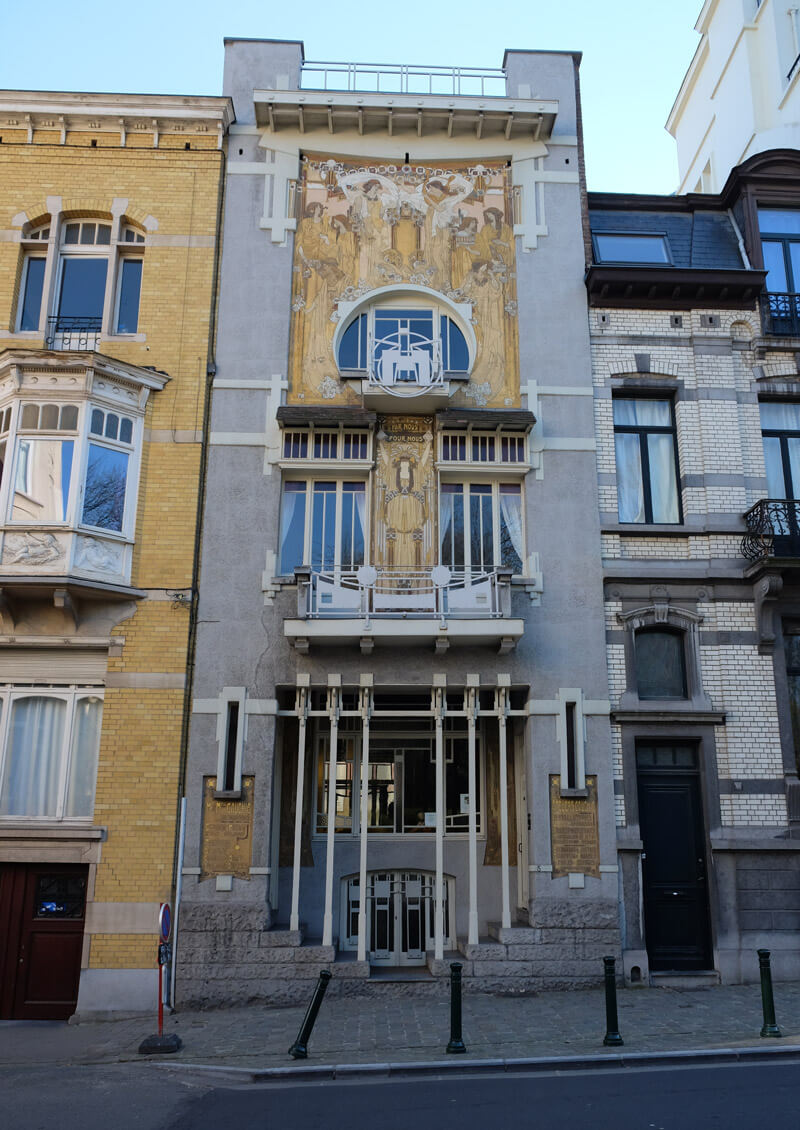
If you’re interested in architecture, and especially if you’re a lover of Art Nouveau, you can’t miss the Cauchie House. Artist couple Paul and Carolina Cauchie built the house in 1905 and decorated the front as an advertisement for their businesses; graphic design for him, art lessons for her. In the centre of the facade you can read the words “Par Nous, Pour Nous” – “By Us, For Us”. The house is at the top of Rue des Francs, just across the road from Parc du Cinquantenaire.
Museum of Natural Sciences
Another interesting museum in the European Quarter is the Museum of Natural Sciences. The museum’s most impressive exhibits are the dinosaur skeletons, including an enormous Tyrannosaurus rex. You can also explore the history of humankind and exhibitions on the natural world. The Museum of Natural Sciences is near the Hemicycle and Léopold Park, on Rue Vautier.
Would you like to visit the European Parliament?
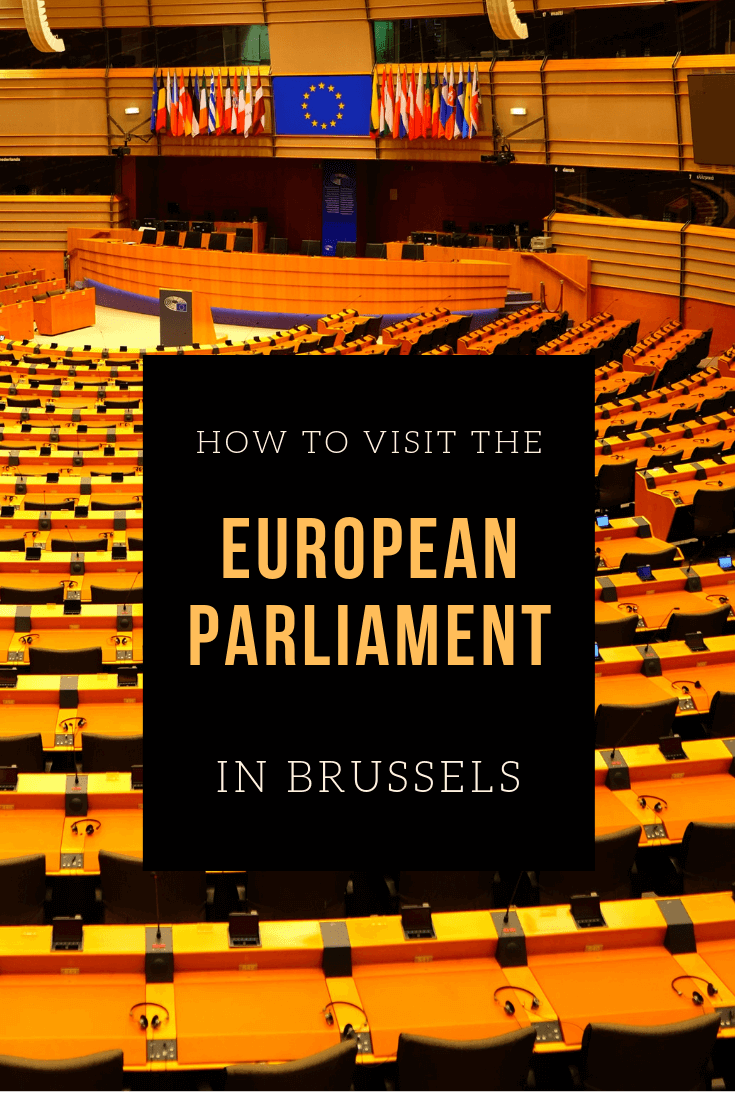
If you’re visiting Brussels, you might also like my other post about visiting Belgian breweries and beer tasting in Brussels.

These places are stunning! Pinning this now 🙂
Thanks Sarah 🙂
We only made a quick stop in Brussels years ago, would love to go back and explore more.
Ah, hope you get back to Brussels soon! I’m also hoping to go back!
I would love, love to visit the EU Parliament in Brussels! My friend and I actually walked by several of these buildings and monuments during our short weekend stay there, it was such a culturally rich city to visit!
It’s so interesting, I’m so glad we were able to catch a tour! There’s definitely a lot of fun and cultural things to do in Brussels.
Great post! I visited Brussels several years back on a university trip, specifically to visit the EU, and expected to find the city very bureaucratic- however, I was surprised by how beautiful it was! Definitely a great place to spend a few days 🙂
Same, I thought the European Quarter would be grey and boring and full of suits, but it was actually really pretty and vibrant. And everyone we met that day was so warm and funny. It definitely exceeded my expectations!
Helen, I enjoyed your post! I actually had a stay over in Brussels and I saw a little bit but I want to go back
Thanks Kiera, I hope you get back there soon, I’m also hoping to go back, three days wasn’t enough!
I have visited this area but did not take a tour of the Parliament for lack of time. I have fond memories of my trip to Brusselx as I went there with my mom, and I love mother-daughter trips. We were there only for a weekend so we didn’t have much time, and there was so much good food and great beer we needed to explore, too! 😀
Still, I think it’s an important institution and I would like to get there to learn more about it.
Haha I’m with you on the beer! And the delicious chocolate, and the frites!
I had no idea that you could visit! Really interesting post
Thanks Catherine 🙂
Very cool. I didn’t realize there was so much in the EU area!
There’s absolutely loads to do, definitely worth a day on a Brussels trip 🙂
What a lovely place to visit! This just makes me realize how much I missed by not going there, I was supposed to next week, but I have a scheduling issue and had to turn down the offer 🙁
Sorry to hear that,I hope you get to visit soon. It’s definitely worth a trip!
This is awesome- our boys love history and would love to see this. Pinned so I have this when we finally get them over to Europe! Someday!!!
Thanks Elizabeth, there’s so much to see in this area and you really feel the history behind what the European project wanted to achieve – all the wars and the division. Whatever you think of the modern EU it’s a fascinating part of Brussels.